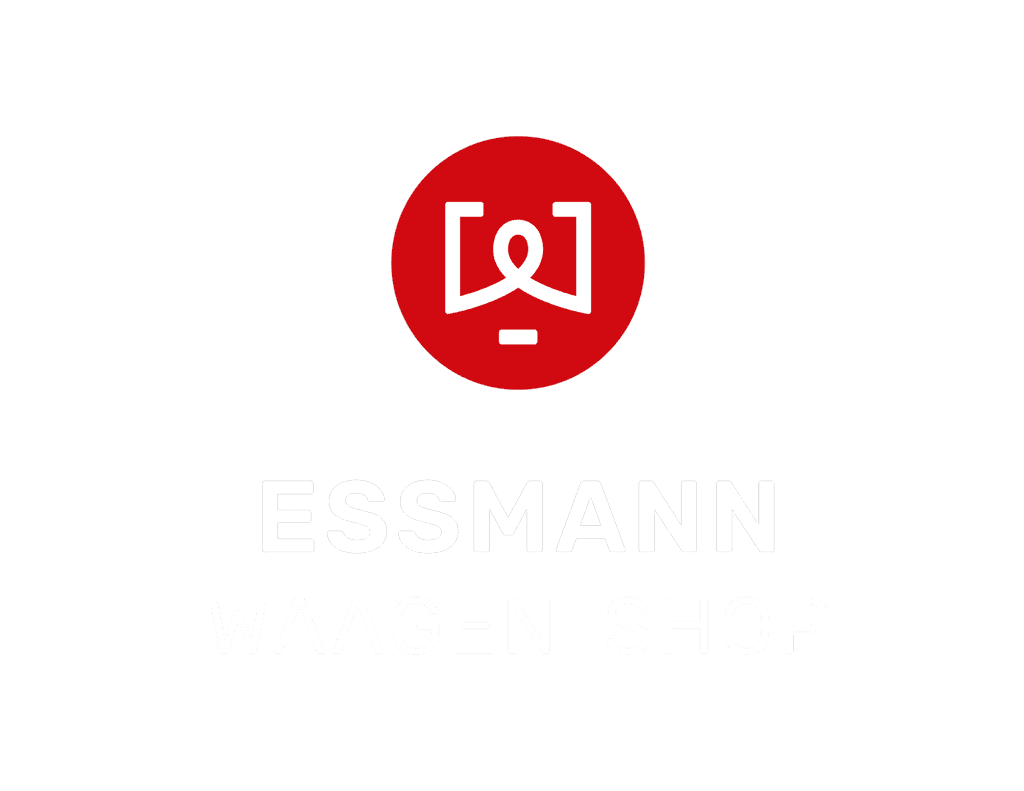Until the end of 2001, quarter trains made up of two- or four-axle wagons were loaded with ballast from the Harz quarries at the Bad Harzburg freight station in a rather old-fashioned way. According to the railroad company, the “MORA C” program (DB Cargo’s market-oriented offer) classified this freight station with its ballast loading as “uneconomical” and was to be closed.
HARZER
PFLASTERSTEINBRÜCHE TELGE & EPPERS, which belongs to KEMNA BAU(www.kemna.de), had now set itself the task of supplying its own company and important customers with the bulk goods quarried there from the Huneberg and Unterberg quarries.
To this end, the entire site of the goods station was acquired and a completely new and modern loading facility was built.
In order to load block trains with up to 1500 t of material in 2 – 3 hours, the data processing also had to be optimized. Software from HE Wägetechnik Horst Eßmann GmbH was used for this implementation. The EWP software, which was already in use at the operating company, was not only used to link to the merchandise management system on the IBM AS/400, but also to manage the data for material storage and retrieval. This made it possible to achieve a transparent goods throughput in the rail loading area.
The truck scales in the supplying quarries were equipped with card issuing devices for this purpose. The data is written to and read from the fully plastic ID cards using the contactless “Mifare” standard. This is very important in the harsh environmental conditions in the quarries in order to avoid writing and reading errors in fully automatic operation due to soiling.
As soon as “Bad Harzburg” is declared as the recipient of the goods during weighing in the quarry, a memory card is automatically written and issued. This card is handed over to the delivering driver with the weighing slip. Once the truck has arrived at the rail loading point, the card is inserted and read at the self-service terminal at the truck receiving dock. For the acceptance of the bulk goods, the card is provided with data such as place of origin, vehicle registration number, material number and load weight. After a plausibility check of the card, the fully automated material storage in the storage silos starts. Once the card data has been transferred from the EWP software to the system controller, the latter switches the conveyor routes to the corresponding silo in which the delivered material is to be temporarily stored.
Fest AG has implemented an operating and monitoring system (HMI) via a process control system for controlling the conveyor systems. The HMI is used for dialog between the operator and the control system. The drive technology is controlled by a Siemens Simatik S7-300 PLC. The connection between the EWP software and the DCS is made via a network connection and is database-oriented, whereby the connection between the databases is realized via ODBC drivers (Open DataBase Connectivity).
For material retrieval, the train data provided by DB is transferred to the EWP software, where the train and wagon data is also fully managed. An extract from the train data can be transferred to a mobile data collection terminal. Using this handheld terminal, the loading personnel walk the train before loading and compare the wagon status with the setting list and add or correct the load limit and the empty weight of the respective wagon in the train set. It is also possible to enter a comment on the individual wagons or to block them for loading. Once the inspection has been completed, the data is transferred electronically from the handheld terminal to the EWP software and automatically entered into the train list.
The loading plans for the trains are generated from this data and the wagons can be loaded according to the loading orders. For this purpose, the loading target values for each wagon are transferred to the DCS, which starts the conveyor systems for loading the wagons. A belt weigher integrated into the conveyor line ensures accurate loading. During the entire loading process, a clear visualization of the process is provided, displaying the current loading weight and all relevant wagon and order data. Once loading is complete, all mandatory train documents are issued. Furthermore, the material movement is transmitted to the higher-level merchandise management system for invoicing. For this purpose, rail loading is connected to the operating company’s computer center via a dedicated line, a so-called VPN (Virtual Private Network).
Thanks to the modular structure of the EWP software, HE Wägetechnik was able to implement the desired functionality quickly and cost-effectively. After only ¾ year of construction of the entire system, the first block train with 1500 tons of loaded material left the new rail loading facility in Bad Harzburg in April 2004.





